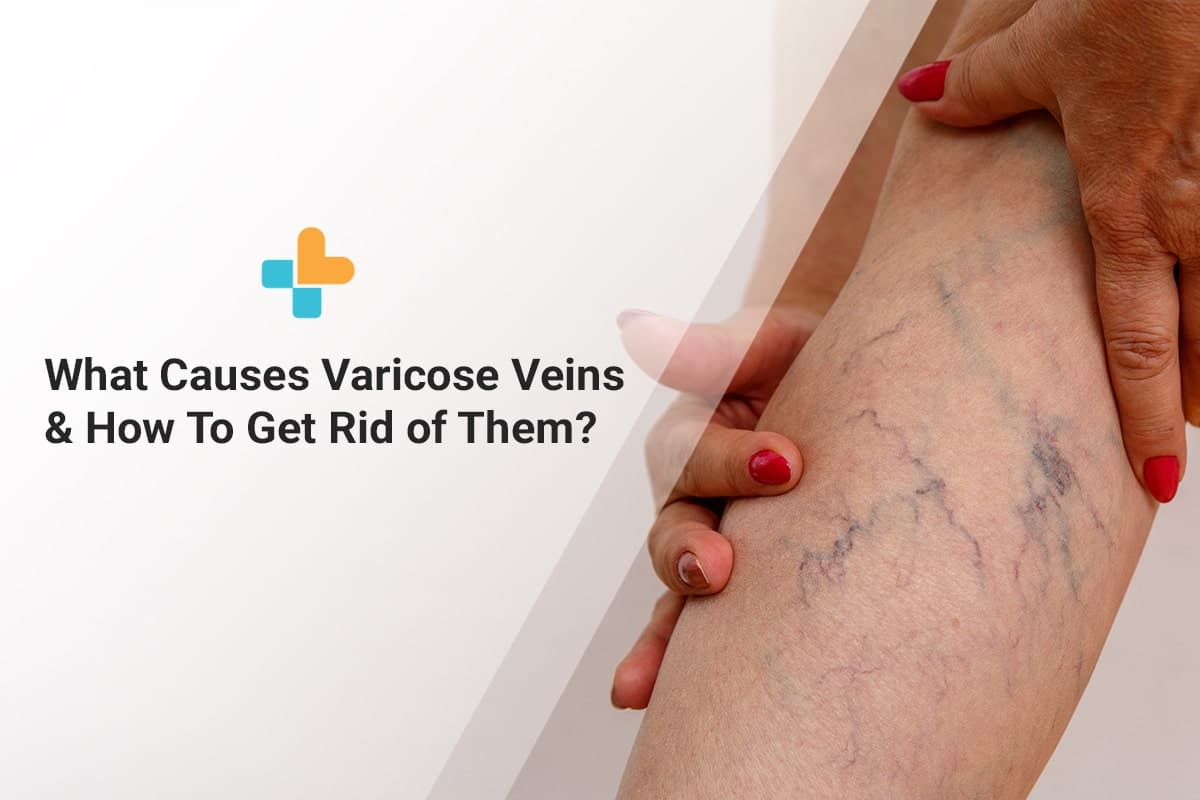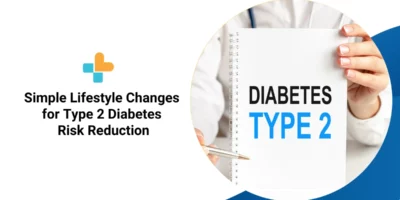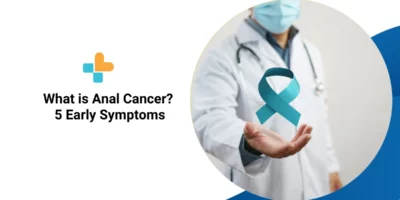You probably might have a general idea of what varicose veins are and what they look like: those little purple veins that suddenly seem to appear on your legs. It’s usually seen in people who are tall and stand for prolonged durations. And if not evaluated and treated accordingly could lead to complications in the future.
These are some basic information that is common to the general public. But you ought to know more than just that. With just limited knowledge, you could be susceptible to false information or even neglect your own condition, which might cause problems in the future.
In this article, you’ll find everything you need to know about varicose veins: causes, symptoms, treatments and even preventive measures. So let’s start with the basics and understand what they are and how they develop.
What Are Varicose Veins?
Varicose veins are enlarged, twisted veins that could appear anywhere on the body but are most commonly seen on legs. You’re at a higher risk of getting varicose veins if you’re older, female, obese, don’t exercise, or have a family history of varicose veins.
They can also be found on the face and arms in milder forms. These are known as spider veins or telangiectasia, and they appear like a red or blue spider web beneath the skin.
To truly understand varicose veins, let’s know how the veins in our body function ?
Veins are thin-walled, soft tubes that carry blood back to the heart from the arms and legs. Because veins function against gravity, they include valves that allow blood to flow forward but not backward. Due to weakness of the vein wall and loss of valve function, varicose veins start to appear. These weakened veins continue to enlarge under gravity’s pressure, and over time, may become elongated, twisted, pouched, and thicker.
What Causes Varicose Veins?
The causes of varicose veins are a result of weakened venous systems. Weak veins occur under 3 major causes: Primary causes, Secondary causes and congenital causes.
Varicose veins are a hereditary condition that affect numerous members of the same family. Hence, the primary causes of varicose veins are a result of a defect in the vein’s wall that is genetically inherited.
Trauma, deep vein thrombosis, pelvic masses such as pregnancy, uterine fibroids, and ovarian masses, or arteriovenous malformations such as Klippel-Trenaunay Syndrome are all secondary causes of varicose veins.
Congenital varicose veins are caused by abnormalities in the vascular system’s natural development and are usually present from birth as part of a vascular abnormality in the limb.
The following are some common risk factors that cause blood pressure to rise, leading veins to become stretched, swollen, and enlarged.
- Pregnancy
- Ageing
- Standing for longer durations
- Obesity
- Menopause
- Heavy lifting
- Oral contraceptive pills or hormone replacement
Although you can’t completely avoid some of these risk factors, there are certain measures you can take to delay the development and progress of varicose veins.
Symptoms of Varicose Veins
The symptoms of varicose veins differ from person to person. However, the most commonly seen symptoms include –
Mild Symptoms
- Colour changes on the skin
- Sore legs
- Rash
- Itching
- Cramps
Severe Symptoms
- Swelling and heaviness around the veins
- Bleeding
- Ulcers
How are Varicose Veins diagnosed?
Varicose veins can be diagnosed through a simple physical examination. Your doctor will note down your symptoms, as well as your personal and family medical history. Then, they will examine your veins for bulging when you stand.
An ultrasound of your veins may also be performed by your doctor. This will aid in the detection of abnormalities with blood flow and vein structure. They may also examine you for signs of more serious conditions such as blood clots, vein damage, or ulcers.
What Are the Treatments for Varicose Veins?
Your doctor may recommend lifestyle changes, or medical treatments depending on your symptoms.
Lifestyle Changes
To help ease symptoms or prevent varicose veins from worsening, your doctor may suggest making lifestyle changes. These may include:
- Compression garments: Wearing compression garments like stockings or socks to help blood flow and prevent pooling.
- Elevating legs: When sitting down, use a footstool to help blood flow in the right direction.
- Regularly exercising: Exercise improves blood circulation in your limbs. Walking and cycling are highly recommended.
- Avoiding salt: To help prevent varicose veins, your diet must have as little salt as possible. Sodium causes the body to retain water, which can lead to varicose veins.
- Avoiding high heels: Wearing high heels for a longer period of time might limit blood flow in the legs and aggravate varicose veins.
Medical Treatments
If lifestyle changes don’t work, or if your varicose veins are causing you a lot of pain and discomfort, your doctor may recommend alternative medical procedures. These include –
- Endovenous ablation: This procedure uses heat from a laser to close varicose veins. Doctors employ this procedure to help ease symptoms such as pain, swelling, and irritation. It is safe, less invasive than surgery, and leaves virtually no scars.
To read more about laser treatments for varicose veins head over to our blog: Laser treatment for Varicose Veins
- Sclerotherapy: This is another procedure that also works by closing off the varicose veins. Here, your veins are injected with liquid or foam chemicals to seal them closed. This treatment is often used to treat small varicose veins, also known as spider veins.
- Surgery: If varicose veins are large, they are removed surgically. Small cuts are made to remove smaller varicose veins near the skin’s surface and for larger, deeper veins, different tools are used to tie off and remove them in a procedure called vein ligation or stripping.
These procedures are usually done under general anaesthesia. In most cases, the patient can go home the same day, but if the procedure was performed on multiple areas of the body, they may need to stay one night in the hospital.
If you have varicose veins or know someone who might be affected by this condition, Reach out to Ayu Health Professionals to get a personal consultation. And if you are looking for a centre with excellent care and treatments for varicose veins, look no further!
Ayu Health offer all advanced Varicose treatment procedures and carry mandatory certifications from the government authorities. Our treatment centres have all the latest equipment to treat varicose veins and are accredited by NABH, India’s premier hospital accreditation body. Call us at +91 – 6366 100 800 or visit our website to book an appointment!
Read more: Recognizing the Stages of Varicose Veins: Get tested before it’s too late!
Our Hospital Locations
General Surgery Hospitals in Chandigarh | General Surgery Hospitals in Bangalore | General Surgery Hospitals in Jaipur | General Surgery Hospitals in NCR | General Surgery Hospitals in Hyderabad
Our Doctors
General Surgery Doctors in Chandigarh | General Surgery Doctors in Bangalore | General Surgery Doctors in Jaipur | General Surgery Doctors in NCR | General Surgery Doctors in Hyderabad
About the Author

Dr. S. Goel
Dr. S. Goel is a renowned Internal Medicine Specialist currently practicing at Ayu Health, Bangalore. He is a Specialist in Internal Medicine, Diabetes HTN, Paediatric Care, and Family Medicine.




